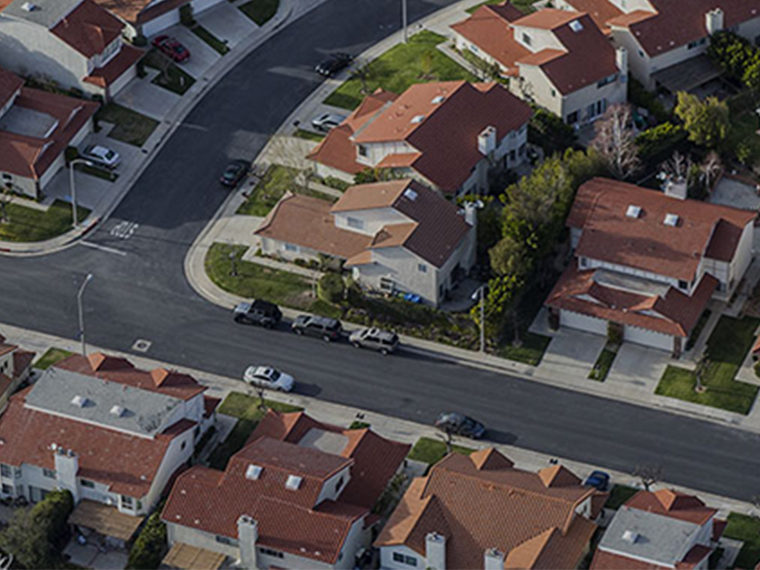This model could enable power companies to lower the cost of peak electricity
On hot summer afternoons, electricity use soars and utilities find themselves in a bind: They have to either add high-priced supplies by producing or buying more power at premium rates, or get customers to curtail their demand.
Adding peak power is expensive, and energy costs can more than double when demand climbs. So utilities have adopted “demand-response” programs to encourage residential, commercial and agricultural customers to reduce consumption. One approach is “time-of-day” pricing, which charges higher rates when demand is high and gives customers an incentive to take energy-saving actions to avoid higher bills.
Another is the use of “direct load control contracts,” or DLCCs, which permit the utility to take remote control of customers’ air conditioners, electric water heaters and other energy-using devices. About 200 utilities in the U.S. had DLCC programs as of 2012, and about 5.5 million customers were enrolled, according to the Federal Energy Regulatory Commission.
Opt In to the Review Monthly Email Update.
For utilities that use DLCCs, figuring out how to allocate these temporary power cuts can be a complex, challenging task. In a working paper, UCLA Anderson’s Ali Fattahi and Reza Ahmadi and USC’s Sriram Dasu offer up a model that gives utilities a more efficient way to design DLCC programs to reduce their total cost of generating electricity during peak times. With the tool, utilities can quickly determine which customers to reduce power to, and for how long, while limiting the amount of time in a year that any one customer is affected.
While utilities could rely on rolling blackouts or widespread brownouts to reduce peak demand, DLCCs and other demand-response mechanisms mean that power cuts will affect only households that volunteer to take part (in exchange for a break on their electricity bills). To limit the potential disruption, regulators restrict the number of times a year any single customer will be “called” (in the industry term) for a shutoff, how long each call can last, and the total number of hours in a year the power is shut off. In 2017, the three largest investor-owned utilities had about 385,000 accounts enrolled in their residential DLCC programs and reported nearly 50 call events lasting a total of about 160 hours, according to reports filed with the California Public Utility Commission.
For utilities, figuring out the best number and duration of calls for the coming year is a problem with too many unpredictable variables to be easily solved by standard process-optimization formulas. Utilities have less-than-optimal ways to make the daily call decisions. “Their solution doesn’t give them the most savings they could have,” Ahmadi says.
The authors chose to simplify the formula by generalizing some of the variables — using, for instance, an estimate for the likely number of extremely hot or moderately hot days in the coming year. They showed that such approximations would produce a more efficient call system without adding meaningful errors to the calculation.
To test the model, the authors used electricity consumption figures for three California utilities between 2009 and 2014. Their results suggest that the model could reduce the utilities’ peak-demand energy costs by about 5 percent. In addition, it showed a reduction in summer peak demand from 36,000 megawatt hours to 32,000 megawatt hours.
Featured Faculty
-
Reza Ahmadi
Professor of Decisions, Operations, and Technology Management; George Robbins Chair in Management
About the Research
Fatthai, A., Dasu, S., & Ahmadi, R. (2017). Peak load energy management by direct load control contracts.






